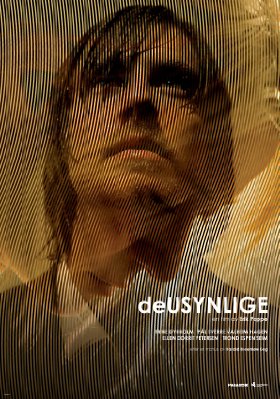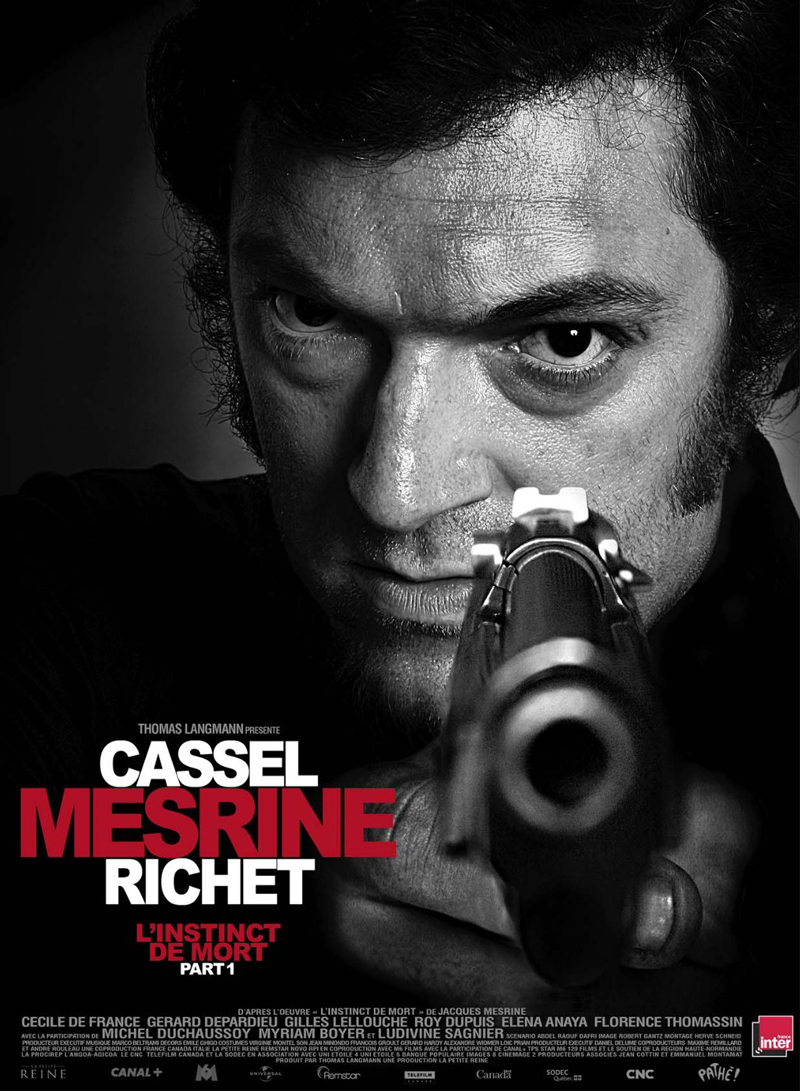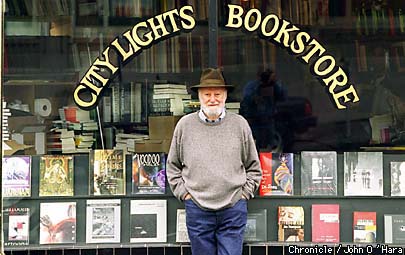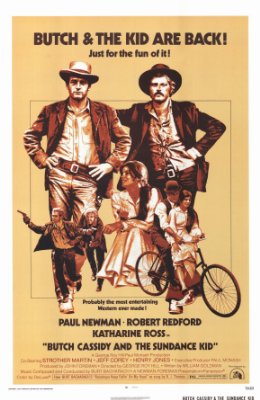from http://fest08.sffs.org/news/
Video Scoop
The video edition of Scoop du Jour features interviews with Novikoff Award recipient Jim Hoberman and interviewer/colleague Kent Jones; plus 1000 Journals director Andrea Kreuzhage and her film’s artist/subject Someguy; and Golden Gate Persistence of Vision Award recipient Errol Morris (Standard Operating Procedure).
Who’s in Town?
Arriving today are directors Serge Bozon (La France), Mia Hansen-Løve (All Is Forgiven), Mark Kidel (A Journey with Peter Sellars), Naoko Ogigami (Glasses) and Ran Tal (Children of the Sun); Kanbar Award recipient Robert Towne (Shampoo); Kanbar Award presenter Warren Beatty (Shampoo); Peter J. Owens Award recipient Maria Bello (The Yellow Handkerchief); Founder’s Directing Award presenter Marianne Jean-Baptiste; and FIPRESCI juror Kim Linekin.
Driving Miss Keeler
Before Jim Hoberman was a revered film critic, he was a chauffeur? An audience member let the cat out of the garage at Sunday’s Novikoff Award ceremony when he asked about that little known notch on Hoberman’s resume. “I was [Broadway star] Ruby Keeler’s chauffeur,” Hoberman confirmed. “She was in a revival of No, No, Nanette in 1972.” Interviewer Kent Jones jumped in. “She thought she was getting a real chauffeur, but she ended up with a hippie,” he joked. “With a rented Chevrolet,” added Hoberman. “I would drive her and her sister down to the theater, where there was every denomination of Cadillac. Keeler was having a war with the producer and I was an unwitting tool of humiliation.” Worry not, aspiring writer/cabbies out there. You too could someday hold a Novikoff Award in your driving gloves. As if he hadn’t suffered enough, Hoberman also remembered his daughter’s incessant viewing of Keeler’s signature film, 42nd Street. “But I came to appreciate it.” –JP
Critical Encounters
Talking about his earliest forays into cinema, Hoberman said he loved going to the movies as a kid and vividly remembered all three movie theaters in his Flushing Meadows neighborhood in Queens. “I became interested in making films in high school; that’s when I got an 8mm movie camera” he recalled. His interest in writing grew in tandem with seeing a lot of New Wave and underground films. As a faithful reader of the Village Voice, Hoberman devoured the writing of Andrew Sarris, Jonas Mekas and Manny Farber, learning critical lessons from each: the art of film appreciation from Mekas, film history from Sarris and from Farber an ecumenicalism that took in everything from photography to comic strips and the history of Hollywood. This learned and multireferential style became the hallmark of Hoberman’s writing. –SS
Memories Mean Movie Magic
Director Dorota Kedzierzawska, 93-year-old leading lady Danuta Szaflarska and cinematographer Arthur Reinhart received a standing ovation by an enchanted audience for their warm and wonderful film, Time to Die, about an elderly lady facing her twilight years with fierceness and a furry friend by her side. Having collaborated with Szaflarska on earlier films, Kedzierzawska knew she had to write the perfect script for her. Though it took her 16 years, it was worth the wait for Szaflarska, who called it “the most interesting role of my career to date.” In directing her, Kedzierzawska recalled, laughing, “In all the scenes where she has to climb the stairs she would run up and down. I had to keep reminding her that she was playing a much older woman.” The film was shot in one of the few remaining wooden houses in Warsaw with their unique blend of Russian and Swiss architecture, its handmade glass veranda catching light and distortions. While Szaflarska breathed life into the script, Reinhart’s visuals stir a poetic vision in black and white. Kedzierzawska and Reinhart chose to shoot in black and white to evoke a link to memories of “a world that isn’t there anymore.” Time to Die screens today at the Kabuki at 3:30. –SS
Return to Sender
It was at the Q&A following the second screening of Andrea Kreuzhage’s documentary, 1000 Journals—about the 1,000 invitingly blank journals dispersed worldwide by San Francisco–based artist Someguy in 2000 as an ongoing project in anonymous artistic collaboration—that a woman in the audience made an announcement that astonished everyone, not least the director. “A girl raised one of the missing journals up in the air and said, ‘I have number 270!’” reports Kreuzhage to Scoop. “Journal 270 had lived with her since 2000 and is now back in circulation.” The woman, who lives in San Francisco, was then invited on stage to tell her story to an enraptured house. At that miraculous moment it was clear the film itself had functioned as more than commentary on the original project, but rather as a link in the global chain of relationships Someguy set into motion. “That is exactly what was intended,” says Kreuzhage. “People would ask me if I ever wrote in any of the journals, and I would say, I am making this film about them. That is my contribution.” 1000 Journals screens today at the Kabuki at 3:15. –RA
Today’s Best Bets
At the Kabuki today, Thursday May 1, you can still buy tickets for the experimental video program Generator, screening at 1:45; the documentary 1000 Journals at 3:15; Time to Die, featuring a Q&A with the director Dorota Kedzierzawska and star Danuta Szaflarska, at 3:30; the documentary Stranded: I’ve come from a plane that crashed on the mountains, with director Gonzalo Arijón present, at 6:00; Geoffrey Smith’s documentary, The English Surgeon, with the director and subject Henry Marsh in attendance, at 9:15; and Festival fave Guy Maddin is here with his foray into (something like) documentary, My Winnipeg, screening at 9:30.
Contributors to today’s Scoop include Robert Avila, Jennifer Preissel and Sadaf Siddique.
 Legatt Graham
Legatt Graham 



























